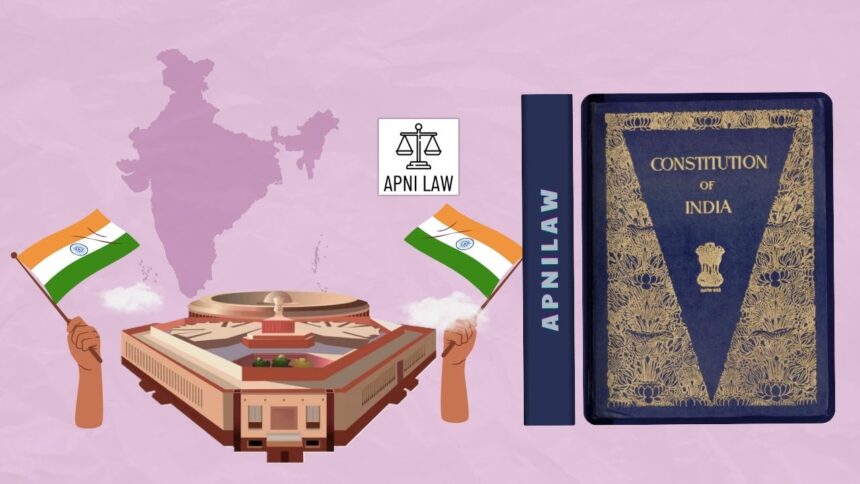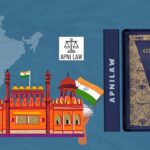Introduction
Voting behaviour in India reflects the diverse social, cultural, and political realities of the world’s largest democracy. With over 900 million eligible voters, understanding why people vote the way they do offers deep insight into the nation’s political pulse. Indian voters are influenced by a complex mix of factors, caste, religion, class, gender, region, and media which often interact with broader political narratives and leadership appeal. Unlike in many countries where ideology dominates, voting in India often blends emotion, identity, and development concerns. This dynamic makes Indian elections both unpredictable and fascinating, shaping the very fabric of governance and democracy.
Historical Background of Voting Behaviour
In the early years after independence, Indian voting patterns revolved around the Congress Party, which symbolized stability, freedom, and national unity. The first few elections (1952–1967) were marked by the dominance of the Congress system, where people largely voted based on loyalty to the party and its leaders like Jawaharlal Nehru.
However, the 1967 general elections marked a turning point, as regional parties began to emerge, and local issues started influencing voter decisions. The 1977 elections, held after the Emergency, revealed that Indian voters could decisively reject authoritarian rule. Since then, the pattern has shifted from national loyalty to issue-based and identity-driven voting, reflecting the maturity and complexity of Indian democracy.
Social Factors Affecting Voting Behaviour
Indian society is a mosaic of identities, and these identities often shape electoral choices. Caste remains one of the strongest determinants of voting behaviour, particularly in states like Uttar Pradesh, Bihar, and Tamil Nadu. Political parties often mobilize voters by appealing to caste loyalties, with major parties fielding candidates from dominant social groups to secure local support.
Religion also plays a significant role in shaping political preferences. While secularism is a constitutional principle, religious sentiments often influence voting, especially during periods of social or communal tension. Regional pride and linguistic identity are equally powerful, especially in southern and northeastern states, where voters prioritize issues of autonomy and cultural recognition.
Gender and age further contribute to the diversity of voting patterns. Women voters have emerged as a decisive force in recent elections, often responding positively to welfare schemes such as free gas connections, direct transfers, and healthcare programs. Young voters, on the other hand, tend to prioritize employment opportunities, education, and development issues.
Economic and Class Factors
Economic conditions significantly affect how people vote. In rural areas, where agriculture is the main source of income, voters are heavily influenced by policies on subsidies, minimum support prices, and rural employment programs like MGNREGA. Urban voters, however, tend to focus more on job creation, infrastructure, and taxation.
Poverty levels and income inequality also shape electoral outcomes. People whose income is below the poverty threshold are often drawn to populist schemes that promise immediate benefits such as food security or cash transfers. Meanwhile, the middle class increasingly votes based on economic growth, stability, and governance performance.
Political and Institutional Factors
The role of political parties, candidates, and campaign strategies has become central in influencing voter choices. Charismatic leaders with strong communication skills often attract votes beyond party lines. Election campaigns today rely heavily on social media, television debates, and digital outreach, transforming the way political messages reach the public.
Party loyalty remains strong in several regions, yet Indian voters are known for their pragmatism. They may vote differently in national and state elections depending on the issues at stake. The rise of coalition politics since the 1990s has further diversified choices, as regional parties focus on local concerns while aligning with national players.
The Election Commission of India also plays an essential role in shaping fair voting behaviour. Through initiatives like the Model Code of Conduct, voter education programs, and stricter campaign spending limits, it ensures that elections remain transparent and inclusive.
Influence of Media and Technology
In recent decades, the media has transformed the way voters perceive politics. Television coverage, social media platforms, and online campaigns have become key tools for shaping public opinion. Political parties use data analytics and targeted advertisements to reach specific voter groups, especially youth and first-time voters.
However, the growing influence of social media has also brought challenges like misinformation and polarization. Many voters form opinions based on viral messages rather than verified facts. As a result, media literacy has become essential in ensuring that democratic decisions remain informed and rational.
Regional Variations in Voting Behaviour
India’s vast geography and diversity ensure that voting behaviour varies widely from state to state. In southern India, voters often emphasize regional identity and social justice movements, while in northern states, caste and religious factors tend to dominate. The northeastern region’s politics are shaped by ethnic identity and border-related concerns, while western India often focuses on economic growth and business-friendly policies.
These regional differences show how deeply India’s federal structure and cultural diversity influence its electoral outcomes. They also explain why no single political strategy can succeed across the entire nation — each state requires a localized approach that resonates with its people.
Changing Trends in Indian Voting Behaviour
In recent years, a new pattern of voting has emerged that emphasizes governance and performance over pure identity politics. The rise of welfare-based schemes, direct benefit transfers, and development-oriented campaigns has appealed to a wider base of voters.
Moreover, the increasing participation of women and youth has made elections more inclusive. Voter turnout has steadily increased, reflecting greater political awareness and trust in the electoral process. While traditional factors like caste and religion still play a role, there is a visible shift toward accountability, leadership quality, and governance outcomes.
FAQs on Voting Behaviour in India
1. What are the major factors influencing voting behaviour in India?
Caste, religion, gender, economic conditions, political leadership, and media influence are among the major factors shaping how Indians vote.
2. How has social media impacted voting behaviour?
Social media has transformed political communication by enabling direct engagement with voters but has also raised concerns about misinformation and polarization.
3. Has Indian voting behaviour changed over time?
Yes. While early elections focused on loyalty to national parties, today’s voters emphasize development, governance, and local issues alongside identity.
Conclusion
Voting behaviour in India reflects the nation’s diversity, resilience, and evolving democratic consciousness. It mirrors a blend of tradition and modernity, where old loyalties coexist with new aspirations. From caste and community-based politics to issue-based voting, Indian democracy continues to reinvent itself with every election.
The growing participation of women, youth, and marginalized communities demonstrates that India’s democracy is becoming more inclusive and dynamic. As the media and technology continue to shape political engagement, the challenge lies in ensuring that voting decisions remain informed and free from manipulation. Ultimately, the power of the vote remains the strongest expression of India’s democratic spirit, one that keeps adapting while preserving its plural identity.
For any specific query call at +91 – 8569843472








